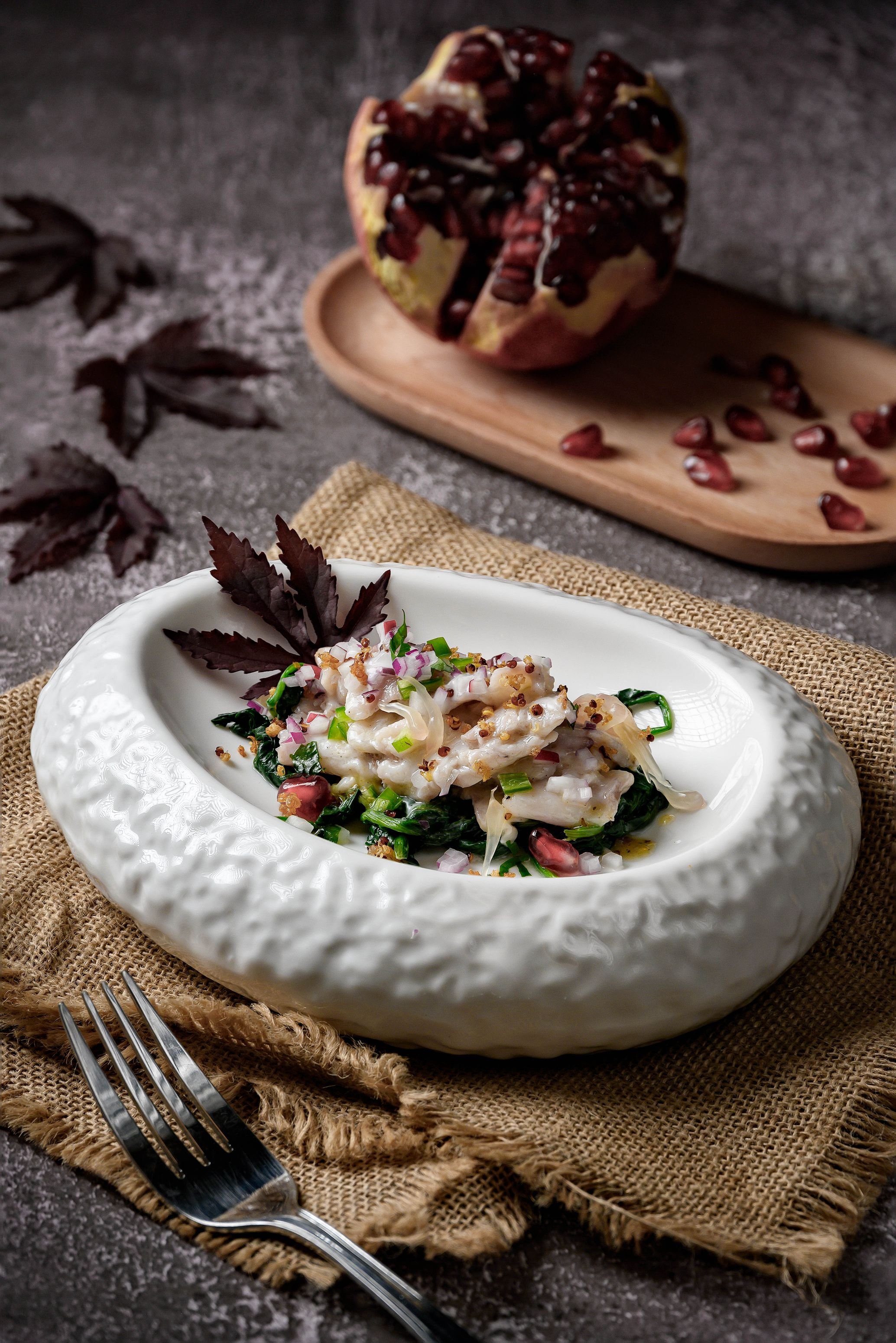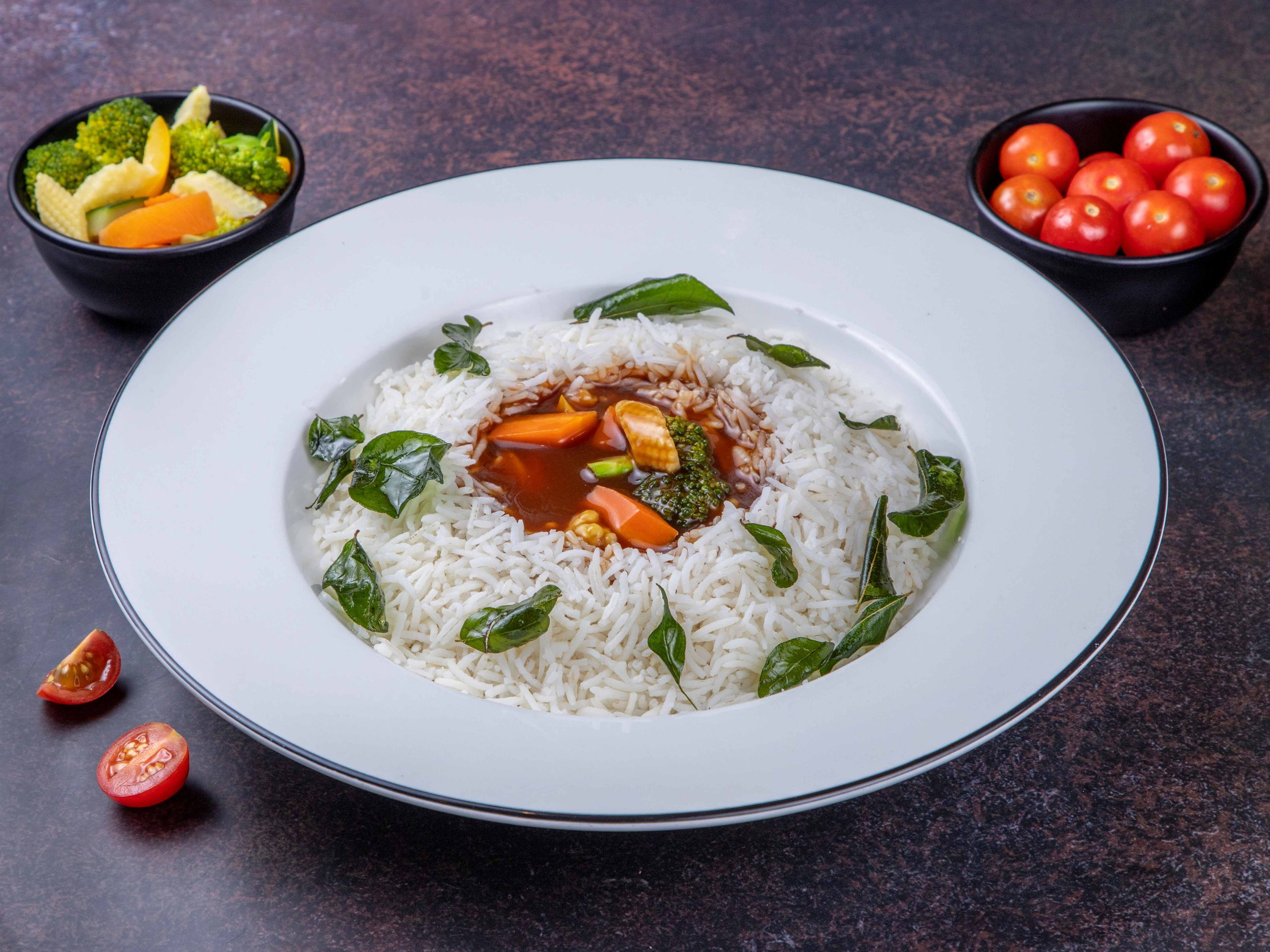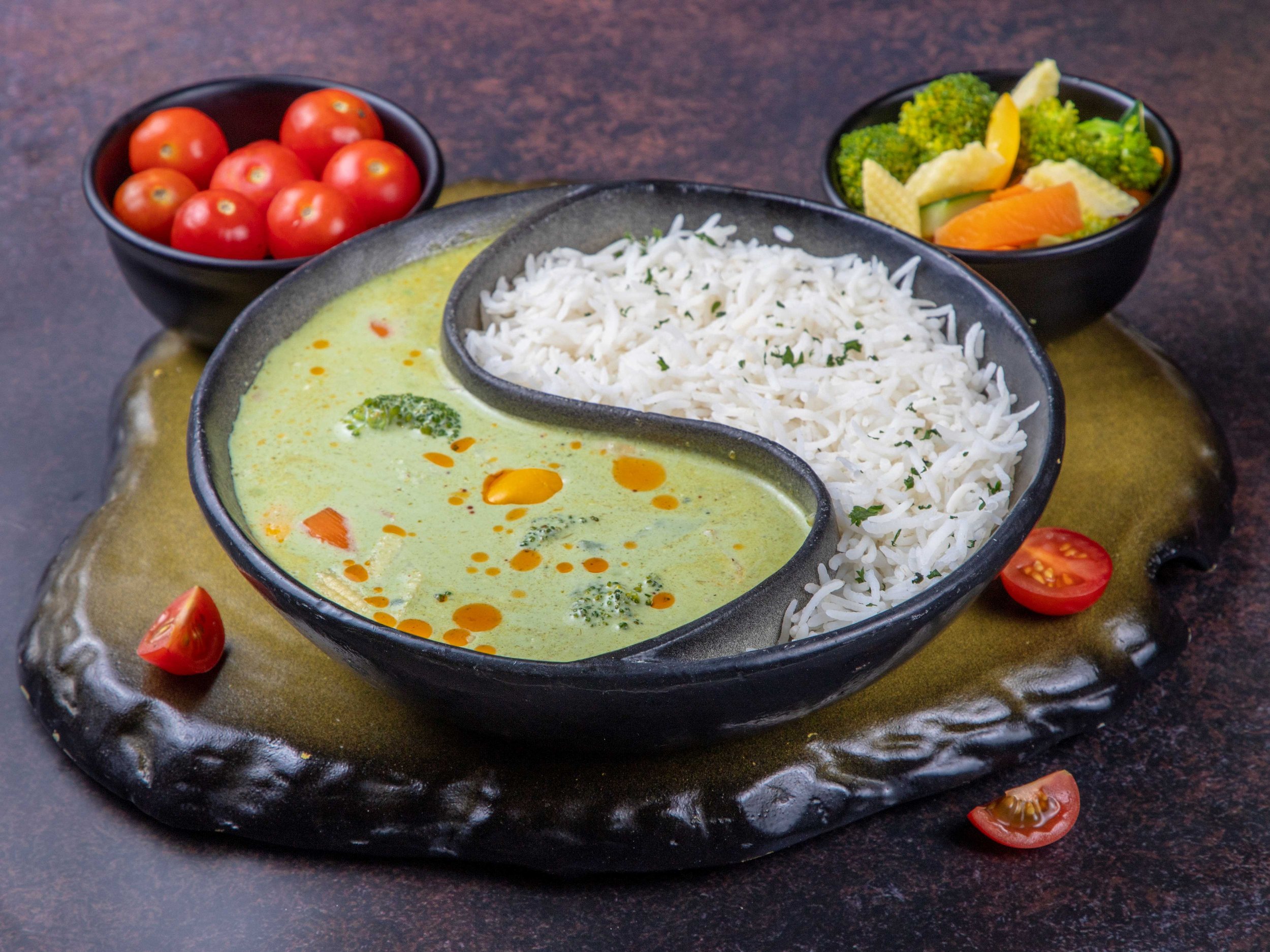Introduction
Curry leaves, also known as kadi patta in Hindi, are a common ingredient in Indian cuisine. These aromatic leaves come from the curry tree (Murraya koenigii) and are native to India.
They are highly valued for their distinctive flavor and aroma, which adds depth to various
dishes. Apart from their culinary uses, curry leaves are also known for their potential health benefits. They are rich in vitamins, minerals, and antioxidants, making them a popular choice in traditional medicine systems like Ayurveda. Additionally, curry leaves are believed to have anti-inflammatory, antimicrobial, and digestive properties. In Indian cooking, they are often tempered in hot oil to release their flavor before being added to curries, soups, rice dishes,and chutneys.
What are curry leaves? How do they help us in day to day life.
Curry leaves, scientifically known as Murraya koenigii, are aromatic leaves derived from the curry tree, native to India and other parts of Asia. They are widely used in Indian cuisine for their distinctive flavor and aroma. Besides enhancing the taste of dishes, curry leaves offer several benefits in day-to-day life:
Nutritional Value: Curry leaves are rich in vitamins A, B, C, and E, as well as minerals like calcium, iron, and phosphorus, providing essential nutrients for overall health.
Digestive Health: They aid digestion by promoting the secretion of digestive enzymes. Consuming curry leaves regularly can help prevent indigestion and constipation.
Hair Care: Curry leaves are believed to be beneficial for hair health. They are often used in
hair oils and hair masks to reduce hair fall, strengthen the hair roots, and prevent premature graying.
Diabetes Management: Some studies suggest that curry leaves may help in regulating blood sugar levels, making them beneficial for people with diabetes.
Weight Management: Curry leaves are low in calories and high in fiber, making them a healthy addition to weight loss diets. The fiber content promotes a feeling of fullness, preventing
overeating.
Cholesterol Control: Compounds found in curry leaves may help lower bad cholesterol levels, promoting heart health and reducing the risk of heart diseases.
Anti-inflammatory Properties: Curry leaves contain antioxidants and have anti-inflammatory properties, which can help the body fight oxidative stress and inflammation.
Skin Care: When applied topically, curry leaves can help in treating various skin conditions, thanks to their antibacterial and antifungal properties.
What are the health benefits of curry leaves
Rich in Nutrients: Curry leaves are a good source of vitamins A, B, C, and E, as well as
minerals like calcium, iron, and phosphorus, providing essential nutrients for overall health and well-being.
Digestive Health: Curry leaves are known to aid digestion. They help in stimulating the digestive enzymes, which in turn improves digestion and prevents indigestion and
constipation.
Diabetes Management: Some studies suggest that curry leaves may help in regulating blood sugar levels, making them beneficial for individuals with diabetes.
Heart Health: Compounds in curry leaves may help lower bad cholesterol levels, thereby promoting heart health and reducing the risk of heart diseases.
Anti-inflammatory and Antioxidant Properties: Curry leaves contain antioxidants that help the body fight oxidative stress. They also have anti-inflammatory properties, which can help in reducing inflammation in the body.
Weight Management: Curry leaves are low in calories and high in fiber, making them beneficial for weight management. The fiber content promotes a feeling of fullness, preventing
overeating.
Hair Health: Curry leaves are often used in hair care products. They are believed to strengthen hair roots, prevent hair loss, and delay premature graying of hair.
Skin Care: The antibacterial and antifungal properties of curry leaves make them useful for treating various skin conditions. They can be applied topically to promote skin health.
Eye Health: Curry leaves contain vitamin A, which is essential for maintaining good eyesight and preventing eye-related disorders.
How can curry leaves offer taste and flavors in our Indian dishes?
Curry leaves are a quintessential ingredient in Indian cuisine, valued for the unique taste and aroma they impart to dishes. Here's how they contribute to the flavor profile of Indian dishes:
Aromatic Essence: Curry leaves have a strong, aromatic flavor that is released when they are heated in oil. This process, known as tempering or tadka, helps in infusing the oil with the essence of the leaves. The aromatic essence enhances the overall fragrance of the dish.
Subtle Bitterness: Curry leaves have a slightly bitter taste, which, when used in moderation,
adds a subtle depth to the flavor profile of the dish. This bitterness balances the other flavors in the dish, creating a harmonious taste.
Notes: The leaves also contribute earthy notes to the dish, making it feel grounded and
authentic. This earthiness is particularly important in traditional Indian recipes, where the combination of spices and natural flavors is crucial.
Enhancing Other Flavors: Curry leaves have the remarkable ability to enhance the flavors of other ingredients used in the dish. They complement spices like mustard seeds, cumin, and fenugreek exceptionally well, creating a well-rounded and flavorful taste.
Freshness: Fresh curry leaves have a vibrant green color and a fresh, citrusy aroma. Adding them to dishes imparts a sense of freshness, especially in curries and soups, making the overall culinary experience more delightful.
Versatility: Curry leaves are versatile and can be used in various dishes, including curries, soups, chutneys, and rice dishes. They adapt to different flavor profiles, making them a valuable ingredient in both vegetarian and non-vegetarian cuisines.
Recipes using Curry Leaves:

























































































